The great victory in the spring of 1975 opened a new era for the country, an era of unification, of a united country.
Just as the liberation armies advanced from all directions toward Saigon, the team of reporters, telegraphers, and technicians from the Vietnam News Agency and the Liberation News Agency joined forces to form information spearheads that closely followed the war situation on every kilometer.
In particular, on April 30, 1975, many reporters from Vietnam News Agency and Liberation News Agency witnessed and recorded precious moments of the resistance war against American imperialism to save the country.
Information, images and hot reports from reporters of Vietnam News Agency and Liberation News Agency were broadcast, exciting the people of the whole country and international friends.
On the occasion of the 50th anniversary of the Liberation of the South and National Reunification Day, VNA reporters have produced a series of three articles, "War correspondents with the Great Victory of Spring 1975," recreating the arduous yet heroic years through the stories and memories of those involved - the soldiers on the information front.
Lesson 1: Ready for Victory Day
On October 12, 1960, in Chang Riec forest ( Tay Ninh ), the Liberation News Agency issued its first news bulletin, titled Liberation Commune, solemnly announcing the birth of the official mouthpiece and news agency of the National Liberation Front of South Vietnam.
From then until the end of the resistance war against American imperialism to save the country, the Liberation News Agency always successfully fulfilled its glorious, heroic and timely "mission" of information, encouraging the just struggle of the army and people of the South for peace and national reunification.
Leave the city for the forest
Liberation News Agency is a "unique" case in the history of world journalism.
This is a news agency, the mouthpiece of a resistance force, born under enemy bombs and bullets, and matured during the most fierce period of the war.
From 1961-1962, the Liberation News Agency network was successively formed in almost all provinces and cities in the Southeast, Southwest, Saigon-Gia Dinh regions, and the Liberation Army commands.
As the war in the South became increasingly fierce, the need for revolutionary propaganda information became urgent.
Many young people and intellectuals were mobilized to participate in the information front to serve the operations of the armed forces. Some were trained to be reporters, writers, and editors; others participated in liaison and logistics work to ensure that information was maintained and updated continuously.
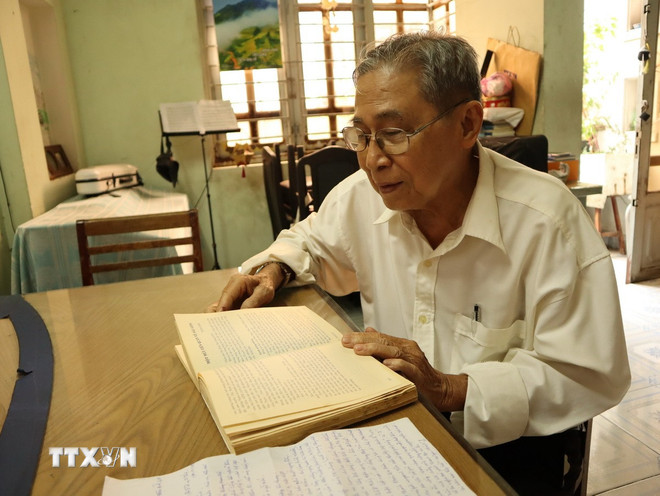
Talking about his chance to become a reporter, journalist Nguyen Thanh Ben, former reporter of Liberation News Agency, said that in 1963, while working as a propaganda officer in Long An, he and many other officers were ordered by the Long An Provincial Party Committee to attend the second journalism propaganda class at the Central Office for Southern Vietnam.
After finishing his studies, Mr. Ben was assigned to the Liberation News Agency to edit news from the localities to be distributed to Hanoi.
“At that time, the Liberation News Agency operated in the resistance base area on the Tay Ninh-Cambodia border, where living and working conditions were extremely difficult. There were no tables or chairs, so reporters used tree branches to write news and articles. When there was a shortage of paper, we took old manuscripts to the stream, washed the letters, dried them, and reused them; many times we wrote news while watching for enemy commando planes. To ensure safety, the telegraph team and reporters had to stay far apart. Every time they needed to broadcast news, the telegraph team had to carry a hand-cranked generator far from the base to avoid being detected by the enemy’s radio waves,” journalist Nguyen Thanh Ben recalled.
During his time working in the war zone, journalist Nguyen Thanh Ben and his colleagues moved bases eight times, each time having to carry heavy machinery and equipment, cross forests, and wade through streams regardless of day or night.
Liberation News Agency reporters not only performed their duties as reporters but also participated in jobs such as digging shelters, digging trenches, building houses, digging wells, transporting rice, milling rice, transporting paper to printing houses, and farming to produce vegetables and food supplies.
Ms. Pham Thi Loan, who was later nicknamed “Liberation News Agency’s Courier Girl,” said her parents moved from Hanoi to Cambodia to open a tailor shop in 1948.
At the end of 1967, when she was just 15 years old, she lived quite comfortably with her family in Phnom Penh, and had a car to take her to school. With the French she had learned since childhood, she initially planned to follow a group of female students studying to become nurses, but her older sister, who worked as a typist for the Liberation News Agency, advised her to follow the Liberation News Agency.
The decision to "go into the forest" was kept secret from the family by the two sisters. The night before their departure, their mother found out and stayed up to sew two shirts for her as luggage.
After joining the Liberation News Agency, operating in the border area of Cambodia and Tay Ninh, Ms. Pham Thi Loan was assigned the task of receiving and classifying news reports, assigning them to reporters, editors, and telegraphers to type and send to Hanoi.
“One evening in 1971, while delivering news in the Dam Be area, close to the Cambodian border, I suddenly heard the roar of a B52 bomber overhead. I quickly ran towards the group of reporters to find a shelter. As soon as I jumped into the shelter, before I could figure out what was going on, I heard the sound of a bomb exploding in my ears. At that time, many people, including soldiers and reporters, had passed away forever. Putting aside the pain and loss, the remaining people had to quickly pack up their belongings, machinery, and equipment to move to a new location; continuing the task of maintaining uninterrupted information,” Ms. Pham Thi Loan recounted with a nostalgic voice.
Leaving the classroom for the battlefield
With the spirit of "two but one," during the years 1970-1975, Liberation News Agency always received regular support in terms of human resources and equipment from Vietnam News Agency.
Among them, a team of reporters, technicians, and telegraphers who were trained in all aspects were continuously "dispatched" to the Southern battlefield, meeting the requirements of information missions on the battlefield, updating news for the people of the whole country, especially the offensive spirit in preparation for the day of liberation.
In July 1972, when the Southern battlefield was at its peak towards the liberation of the South, nearly 150 students and graduates from universities in Hanoi were selected and organized to study the War Reporter Training Course.
They were the students of class GP10, the army tasked with supporting the Liberation News Agency.
From students with majors in foreign languages, physics, biology... unrelated to journalism, GP10 students were trained very systematically by veteran journalists of that time such as Thep Moi, Xich Dieu, Thanh Dam, equipping them with journalism knowledge, news writing skills, and information about the war situation in the South.
Recalling the early days of attending the professional training course in Hoa Binh, journalist Hoang Dinh Chien, a former reporter of class GP10, said that to learn to be a reporter in peacetime, one only needs to know how to write news and take photos, but for a reporter in wartime, in addition to learning professional skills, one also has to train for health and survival skills to be able to wade through streams, cross forests, and cross Truong Son to reach the work site.
"From students who only knew books, after professional training, we had to practice carrying bricks and moving on mountainous terrain. Each person stuffed 10-12 bricks into a backpack, carried them on their backs and walked. Even though we used torn clothes and mats to line our backs, every time we lifted our backpacks, the bricks would hit our backs, causing sharp pain. In the early days, after the training, everyone's backs were bruised and we were so exhausted that we couldn't even lift our legs," journalist Hoang Dinh Chien recalled.
After a period of training and coaching, by March 1973, 108 reporters were assigned to groups to support the Liberation News Agency. The groups marched along Truong Son and on Laos.
Journalist Nguyen Sy Thuy, former reporter for the Liberation News Agency, was then a student who had just completed his studies at the Biology Department of Hanoi University of Science. He was selected to attend a class of reporters going to the battlefield. Three days after his marriage, journalist Nguyen Sy Thuy and his colleagues set out to support the Liberation News Agency.
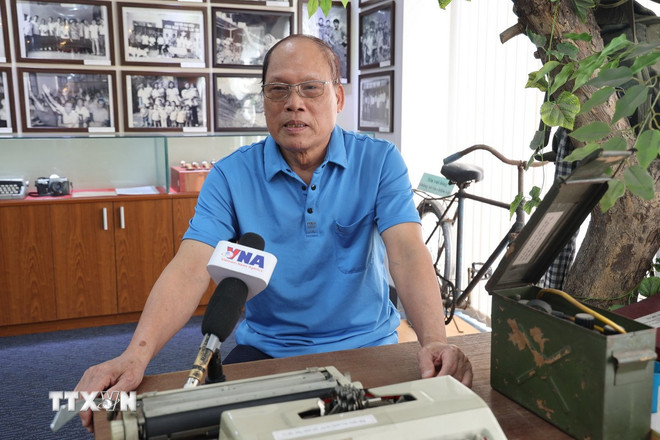
On March 16, 1973, he and GP10 reporters began their journey to the southern battlefield. The trip lasted nearly three months to reach the destination with many unforgettable experiences and memories.
Their journey from North to South not only crossed high passes and deep streams, but also faced life and death at times. After many stages of traveling by train and on foot, when they reached the Vietnam-Laos border, the group of reporters boarded open-top trucks and traveled all night, not being able to rest until 1-2 am at the military station.
“When the vehicle carrying the delegation reached Attapeu province (Southern Laos), it overturned, killing three people and injuring more than 20 others, many of whom were so seriously injured that they could not continue and had to return to the North. Rebuilding our spirits, we continued marching by road, and after nearly three months, the delegation reached the southern battlefield to receive their mission,” journalist Nguyen Sy Thuy sadly recounted.
After a short period of working in Tay Ninh, in early 1974, journalist Nguyen Sy Thuy and two colleagues were mobilized to reinforce the Southeast branch stationed in War Zone D, Ma Da Forest - Dong Nai, to carry out information missions in the area. This was an extremely complex area, with diverse terrain and population, many remote communes, taking dozens of days to reach by forest trails; many areas were notorious for being "anti-communist", with our side and the enemy intertwined in great tension.
Here, he regularly went to the base, infiltrated enemy areas, took photos and wrote news about labor production emulation movements, and activities of soldiers and guerrillas.
Choosing the path of a war correspondent, going through many hardships, but the biggest obsession of journalist Nguyen Sy Thuy is not the times facing bombs or being close to the enemy but the dish "mung bean rice."
“When the war zone ran out of rice and there was no time to supply it, we only ate green bean rice that we could produce ourselves. It was called rice for show, but in reality we only saw green beans, not rice. We ate so much green beans that our stomachs were burning,” journalist Nguyen Sy Thuy still remembers clearly even though more than 50 years have passed./.
Lesson 2: Towards Saigon
Lesson 3: Witness of Victory Day
Source: https://www.vietnamplus.vn/luc-luong-co-mot-khong-hai-san-sang-cho-ngay-chien-thang-post1034447.vnp


![[Photo] Vietnamese and Hungarian leaders attend the opening of the exhibition by photographer Bozoky Dezso](https://vphoto.vietnam.vn/thumb/1200x675/vietnam/resource/IMAGE/2025/5/28/b478be84f13042aebc74e077c4756e4b)
![[Photo] 12th grade students say goodbye at the closing ceremony, preparing to embark on a new journey](https://vphoto.vietnam.vn/thumb/1200x675/vietnam/resource/IMAGE/2025/5/28/42ac3d300d214e7b8db4a03feeed3f6a)

![[Photo] General Secretary To Lam works with the Central Policy and Strategy Committee](https://vphoto.vietnam.vn/thumb/1200x675/vietnam/resource/IMAGE/2025/5/28/7b31a656d8a148d4b7e7ca66463a6894)

![[Photo] Prime Minister Pham Minh Chinh receives a bipartisan delegation of US House of Representatives](https://vphoto.vietnam.vn/thumb/1200x675/vietnam/resource/IMAGE/2025/5/28/468e61546b664d3f98dc75f6a3c2c880)
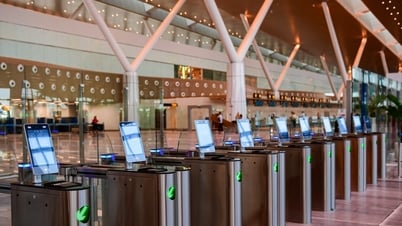




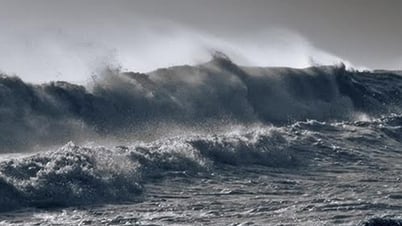
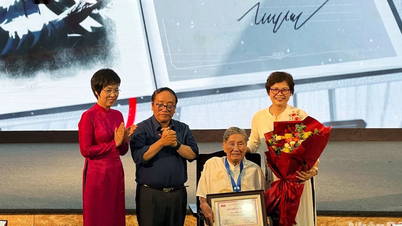

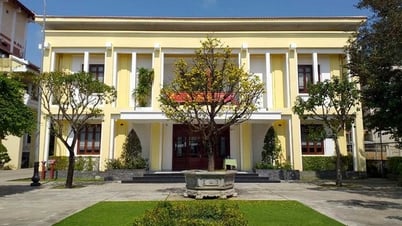





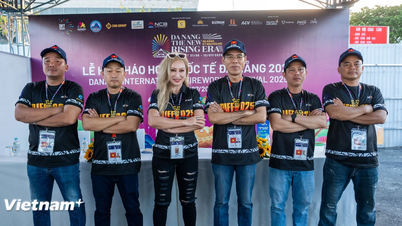
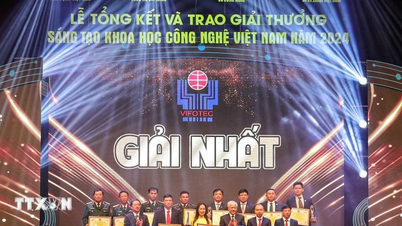
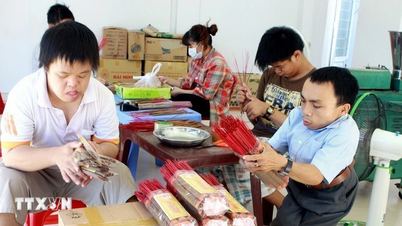
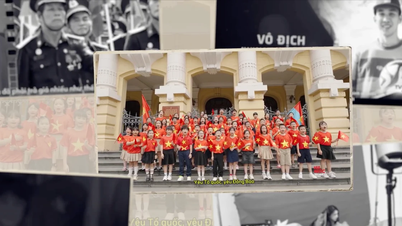
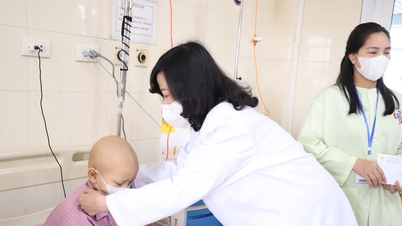
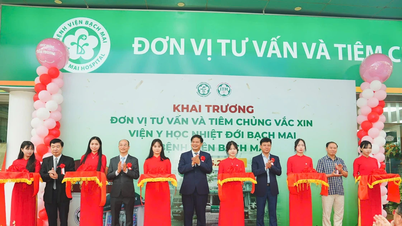















































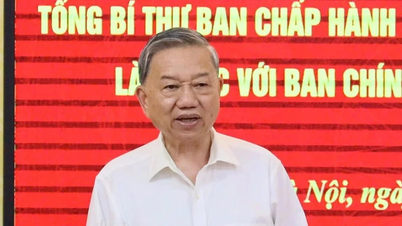

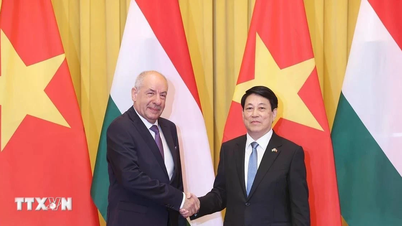
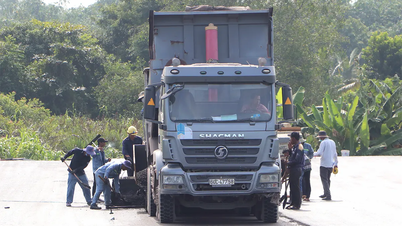

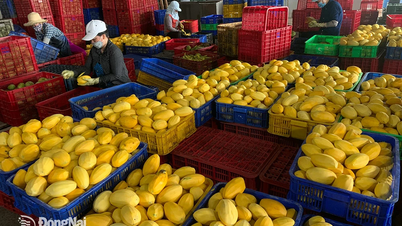
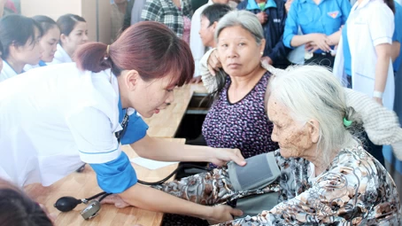
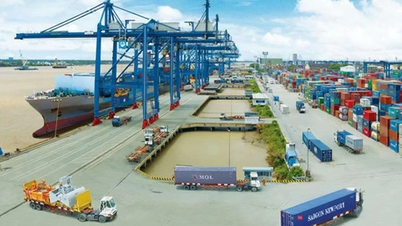








Comment (0)